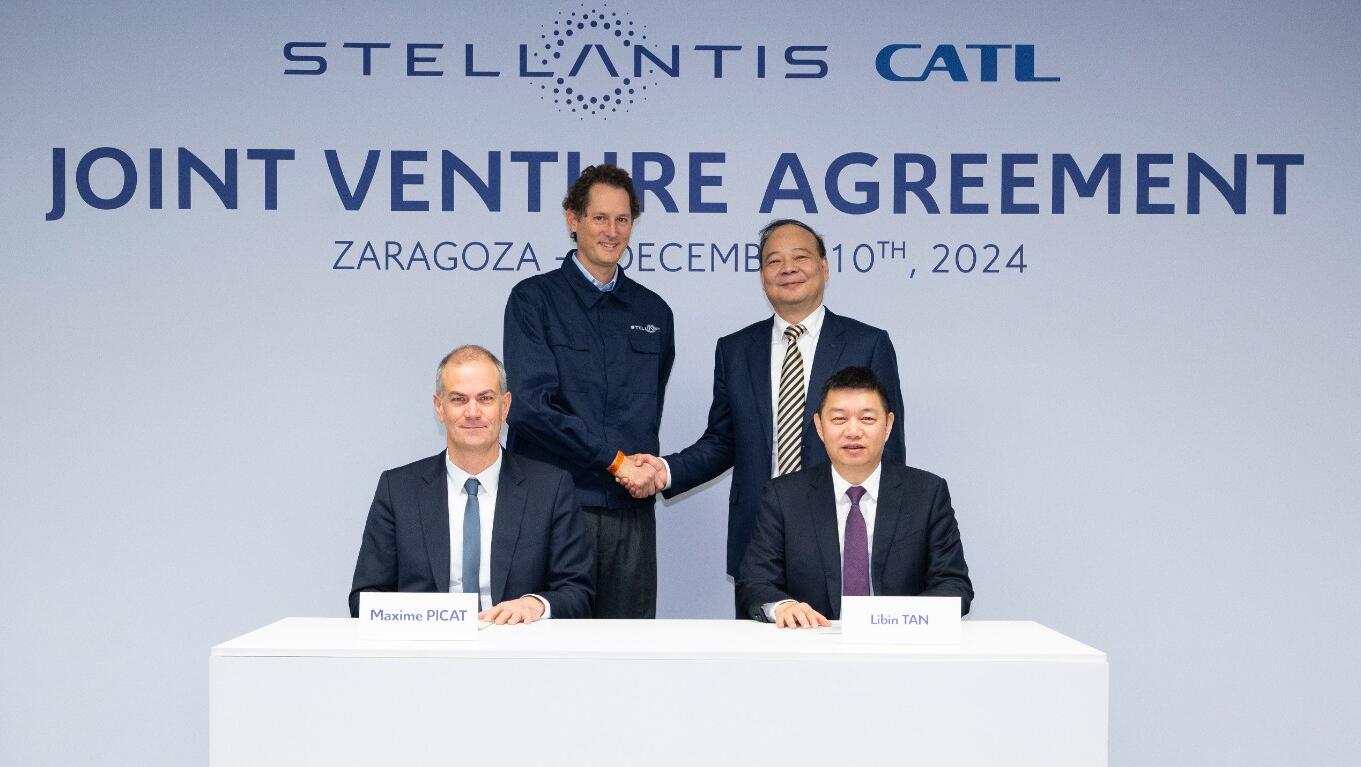Automaker Stellantis has sealed a deal with Chinese battery giant CATL to construct a €4.1 billion (A$6.8 billion) lithium iron phosphate (LFP) battery plant in Spain.
Having only just signed an MoU back in November, the pact marks CATL’s - the world’s largest lithium-ion battery maker - third foray into the region, adding to its European plants in both Germany and Hungary.
For Stellantis, the umbrella behind automotive brands such as Fiat, Vauxhall, Alfa Romeo, Chrysler, Citroën, Dodge and Peugeot, the JV will boost its exposure to LFP’s for its EV manufacturing roadmap to offer >75 full-electric models across its brands by 2030.
“Collaboration between the two has been rumoured for a while, but the revealed commitment solidifies the trend of major cell and automakers in Europe re-strategising to incorporate LFP batteries into production plans,” Benchmark Minerals research manager Evan Hartley said.
“The 50 GWh facility also confirms a further potential downgrading of ACC within Stellantis’ battery plans, though the producer will remain key for NCM supply,” he added.
Global demand for LFP cells is forecast to jump from 532 GWh in 2024 to 1.7 terawatt hours (TWh) in 2030, according to Benchmark’s Li-ion Battery Database.
China’s reach
Since 2012, the Middle Kingdom’s ruling Chinese Communist Party (CCP) under Xi Jinping has sought to accelerate a policy of expansionist control over its private sector, yet has recently been wary of companies doing too much, too early.
Concerns expressed in 2023 by Xi to CATL founder and chairman Robin Zeng, cited that the rapid expansionism of the company would leave it too exposed and indirectly forced the company to shelve a US$5 billion listing on the Swiss stock exchange.
Fast forward less than a year, and the world’s largest battery maker looks to have found another way to increase its exposure in the European EV market.
Yet having another tentacle in Europe by China-backed companies is making Western nations increasingly nervous.
So much so, in the views of the US government at least, that calls for CATL to be blacklisted from supplying America’s military-industrial complex are gaining weight due to its links with the CCP.
Yet on the other side of the Atlantic, the deal is being lauded as crucial to the EU’s plans to pivot away from combustible automotives in order to reduce carbon emissions by at least 40% by 2030.
CATL in Australia
Closer to home, CATL last year landed billion-dollar contracts with the WA government to supply LFP batteries and more recently said it was open to purchasing processed lithium from Australia if it builds out its downstream processing capabilities.
Australia is forecast to mine ~34% of global lithium production in the coming years, yet Li2O prices bottoming out over the past 18 months have seen operators such as Pilbara Minerals (ASX:PLS), Arcadium (ASX:LTM) and MinRes (ASX:MIN) decrease production rates across their WA mines.
The drop in revenue has also led to the recent suspension of operations at Core Lithium’s (ASX:CXO) Finniss in the NT and rumours US behemoth Albemarle would cut jobs at its Kemerton lithium hydroxide (LiOH) plant, which is fed by the world’s largest lithium mine Greenbushes in WA’s southwest, have added concern regarding Australia's capacity for building out its downstream capabilities.
It’s not all bad news on the horizon though, as Aussie lithium miners were given a boost back in September when CATL announced it was suspending lepidolite operations at Jiangxi - cutting the nation’s Li production rate by 8%.
